Russia and its core values
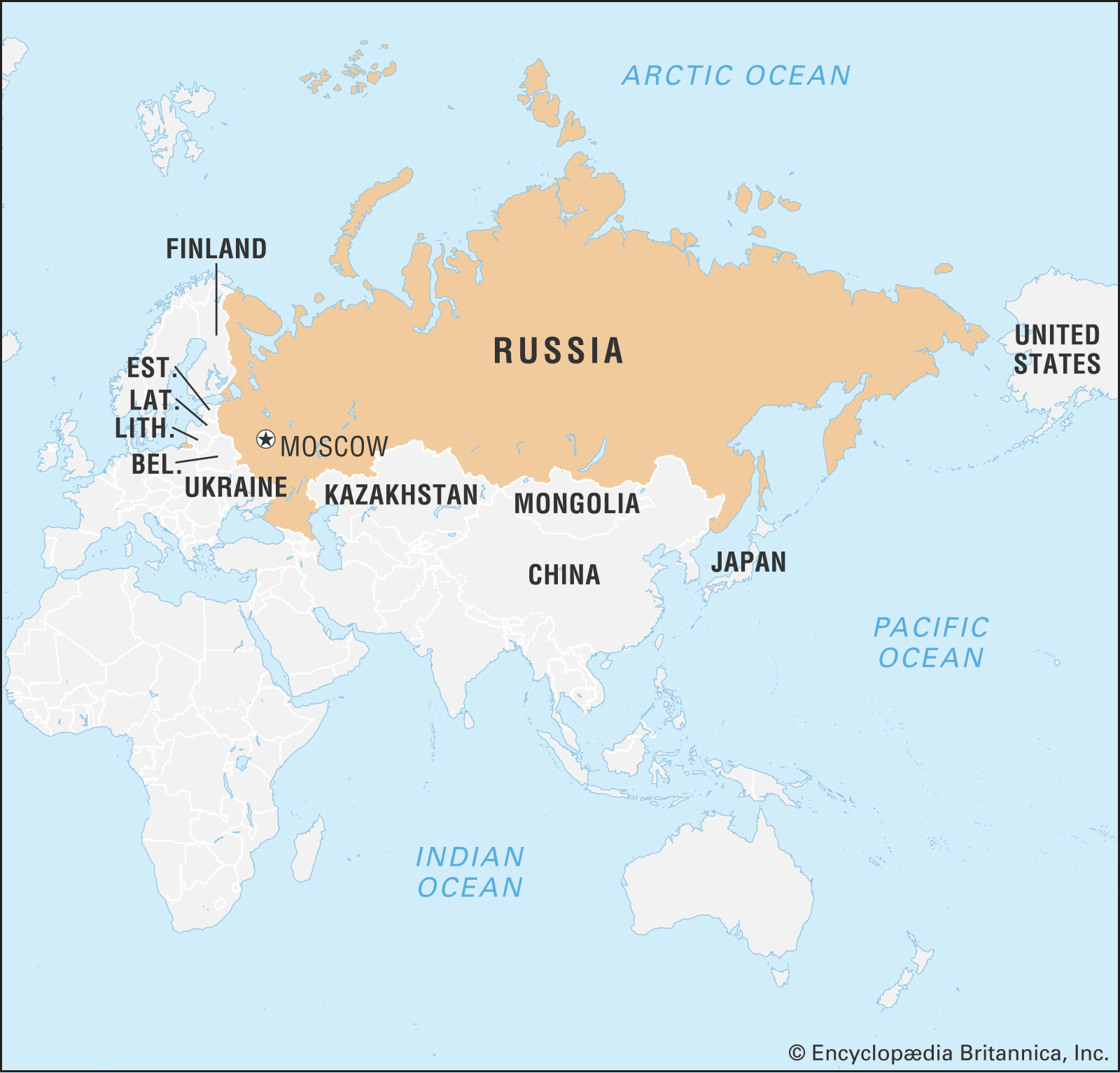
Historically, each nation or country has been represented by its flag. Russia is different in this case. Since early childhood, every kid born here is told that his or her country is the biggest one in the world. There is even a national joke about how many tiny European states can fit into our giant Motherland. For example, 26 Frances, 47 Germanies, 70 UKs, 2 territories of the United States, and even Pluto, yes, that tiny planet. Wait, was Russian territory one of the reasons Pluto got excluded? Who knows? But we definitely do…
The Kremlin
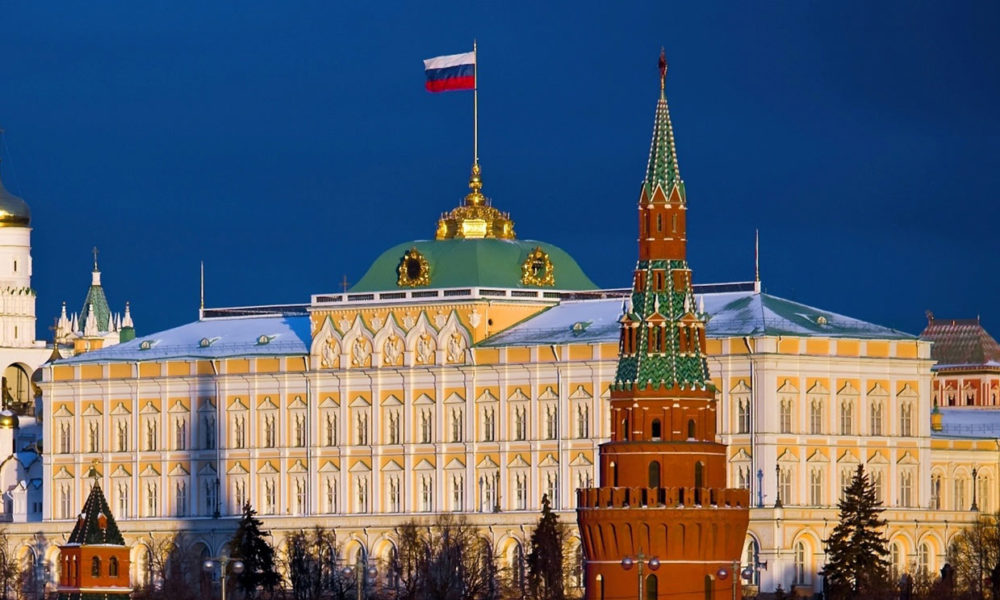
It is a well-known fact that the word “Kremlin” has been mentioned at least a billion times in the air of BBC, CNN, CNBC, ABC, etc. However, for Russians, it is something that represents the Motherland itself. With its shiny terra cotta walls that symbolize bravery and the national tricolor flag flying over the capital, the architectural ensemble serves as the main political hub of the country where the importance of decisions made oftentimes terrifies the locals passing by the Red Square on the way to Moscow River. In fact, if a Russian is asked to point at the heart of their country on a map, it is likely going to be the Kremlin.
Weather

Not only is my country known for its gigantic area, but also for the extreme temperatures that the locals might experience, especially in winter. However, I feel that it is something that has been an integral part of my life. In fact, in times of severe frost, one working down the street might be surprised to see a plethora of children playing outside on a business Wednesday. He will be even more surprised to find out that the reason those children are outside but not in school is because the classes were canceled and therefore the kids chose to catch up with their classmates on a frosty day. As far as I remember, I was no exception.
Nature
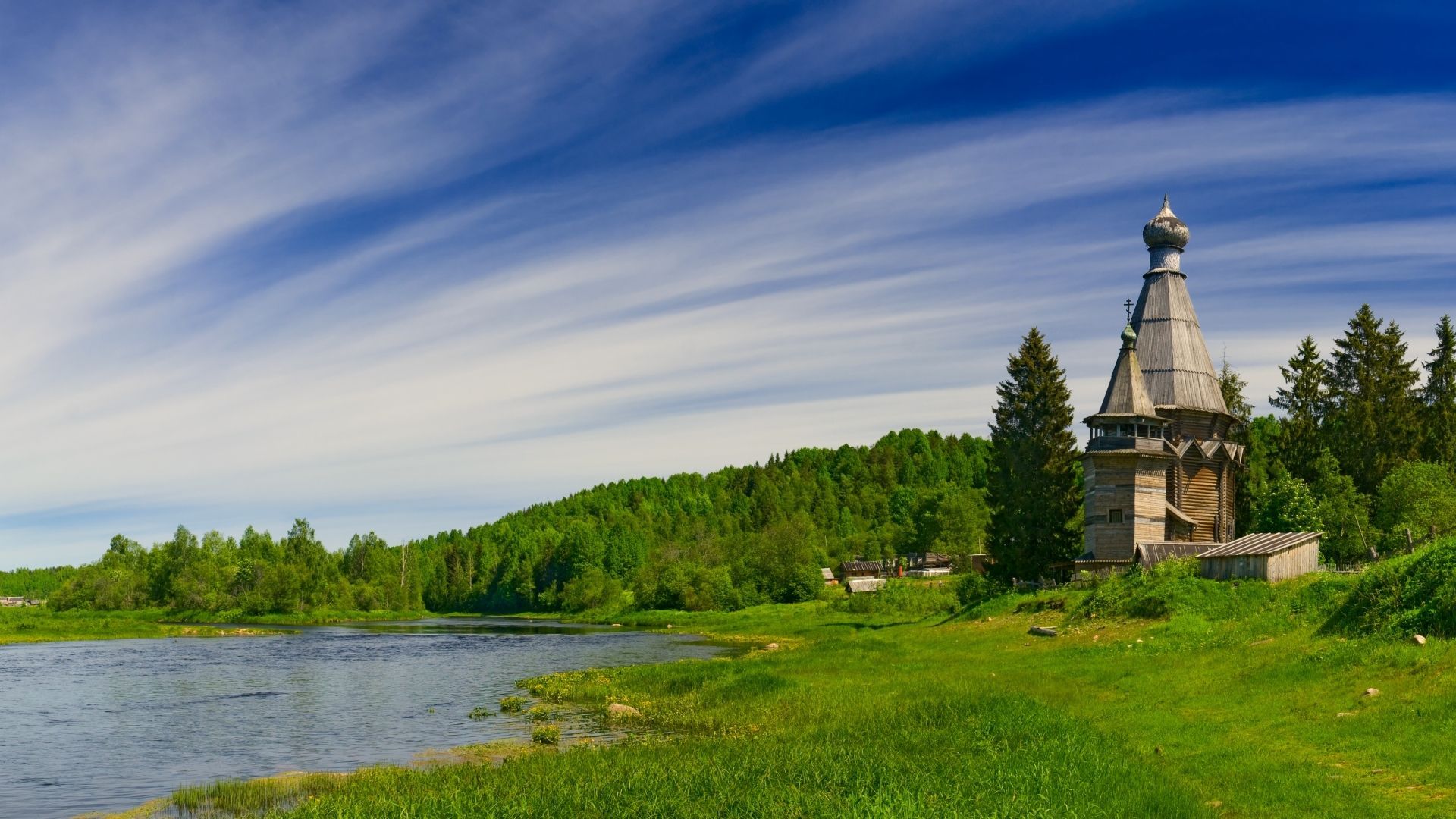
One thing that I miss about Russia while being abroad is its nature, especially summer nature. With its blossoming meadows and quiet forests, I can say for sure that this factor had a significant bearing on me as I was growing up. In fact, people living outside of big cities oftentimes use the tiny villages located in proximity as a weekend getaway destination. In the summer, the banks of the local rivers are filled with locals and tourists who gathered with their friends for a small picnic party.
World War II

Being one of the countries that suffered from the effects of WWII, Russia and its people serve as one of the remainders of the uselessness of the war aggression in resolving conflicts. One of the milestones of each calendar year for every citizen residing in Russia is the date of May 9 when the streets of various cities across the country serve as the parade grounds symbolizing the value of peacetime.
Food
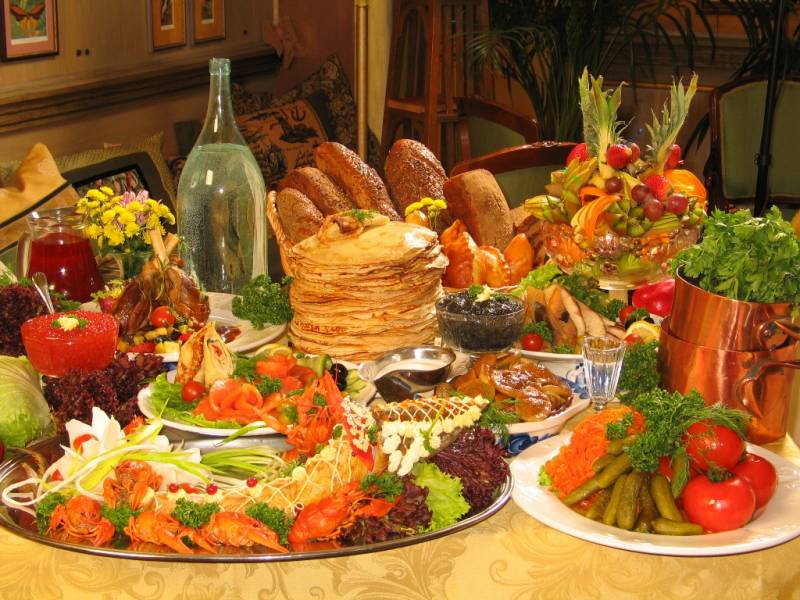
Russian food might not have the international renown of other, more widespread cuisines, but little-by-little, the foodie community is starting to uncover the true, delicious nature of traditional Russian food, and the unique, slightly eccentric and family-oriented philosophy that defines our food culture.
If we forget those outdated, Soviet-era inspired ideas about Russian cuisine as stodgy and unimaginative, one may find out Russia has a long and rich culinary history. Russian cooking is full of fascinating regional variations, and major cities are undergoing a modern-day gourmet renaissance. With more and more fine-dining restaurants gaining global acclaim Russia is slowly attracting food-the refined taste of the international community.
Ballet

As one of the main trademarks of Russian culture, ballet has a special place in the hearts of most Russians. In fact, a local group of cultural activists conducted an experiment in three major Russian cities: Moscow, St. Petersburg, and Yekaterinburg ( a place where the last Russian tzar and his family were killed by the revolutionary activists). What they found out was no surprise to the Russians but shocked and astonished foreigners: 88% of those who took part in the research responded they visited a ballet performance at least once in their lives.
The Art Culture

For the people of my country, art has always taken a significant role in their lives, especially in the process of satisfying the general education requirement in the process of obtaining a degree. As art is deemed to be the national heritage, the Ministry of Education has always acted in a supportive manner about all the ideas that are to enhance the quality of art studying programs in both high schools and universities across the country.
Religion
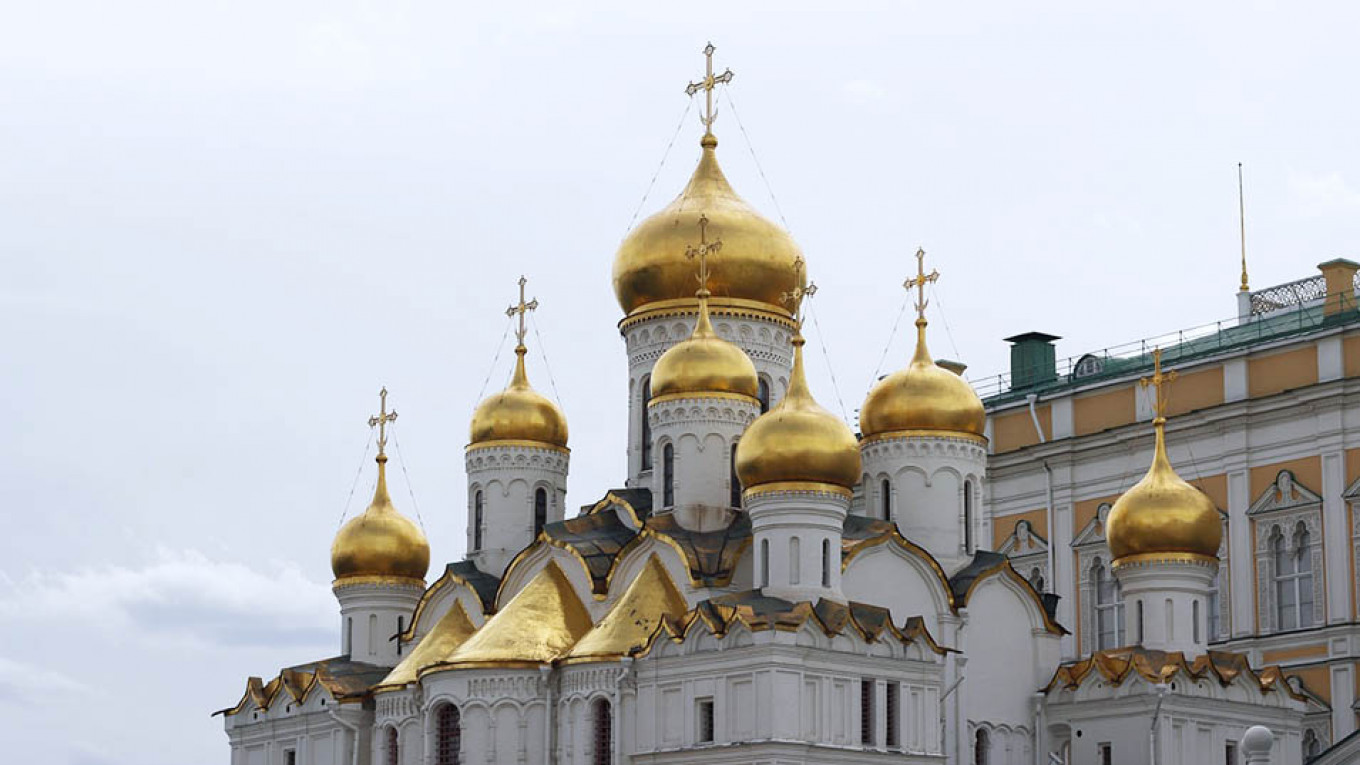
As a person who was born and brought up in Russia, I can say with confidence that religion is definitely a significant portion of the daily life of a Russian. Despite the fact that there are people who choose to go to a church every Sunday or believe in the importance of religious rituals, no one can feel they are obliged or pressured to commit to any faith preached in Russia.
Oil&Gas industries

Despite the economic model involving heavy reliance on the above-metioned industries, they have been considered as an integral part of the nation that represent its precious heritage. In fact, the pipelines installed all over the country with the purpose of transporting hydrocarbons are oftentimes treated as vessel s of one giant body that not only support the country from the inside but also allow for monetary gains and theoretically a more prosperous future.
The End of the USSR Era

One of the milestones that shook the nation, our history, and the country itself was the collapse of the USSR era. Few countries have experienced the transformation of this scope. Coupled with economic uncertainty and the vulnerability of the free market economy, the nation was undergoing one of the most challenging times in its modern history. Despite the economic difficulties that were not easy to overcome, political instability exacerbated the situation.
Language
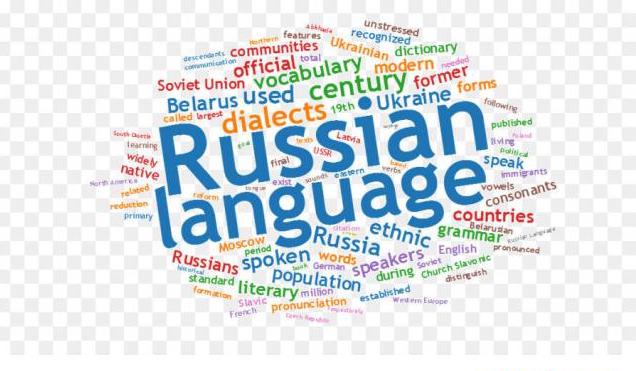
According to the ranking published by one of the most respected language learning website, Russian is considered to be No. 3 the most difficult language to acquire for English speakers. Starting with the freaky Cyrillic alphabet and coupled with complex grammar rules, my mother tongue might become a nightmare for those trying to master it. However, despite its complexity, this language if learned might become a key asset in understanding how the cultural, political as well as interpersonal communications work.
Egypt and its core values
Geography

Every time one hears about Egypt, the first thing that crosses their minds is not Africa but the fine country that stands along the banks of the Nile River. In fact, Egypt’s geographical location is truly exceptional: the country’s lands primarily consist of the Western desert, yet the powerful river divides the whole territory into the two major parts: Lower Egypt and Upper Egypt.
The Nile River

The Nile is River is no ordinary flow of water descending through the lands to a sea. It is a truly powerful source that has been not only the main transportation means for millennia but also the primary source of food for the locals. With its annual floods, it allowed the ancient civilization that survived until today to prosper and blossom. Even today, the Egyptians celebrate this important cultural event that begins in the middle of August and lasts for around two weeks each year.
Religion
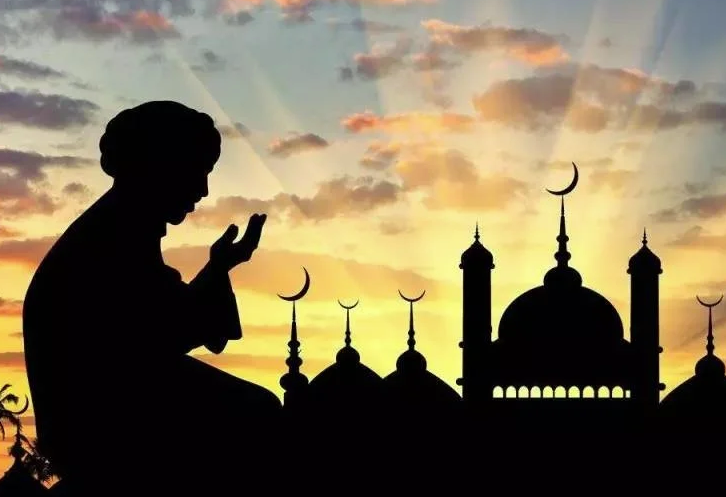
The history of religion in Egypt knows a plethora of changes that occurred inside the country. It started with the belief that each natural object or event possesses its respective patron, for instance, Amun-Ra, the head God, was responsible for the sun; Mut – for giving birth to Egypt, and Osiris – for guiding people in their afterlife. However, with the development of the nation and its history, Islam came to be the dominant religion of Egypt with more than 90% of the population being recognized followers of that faith.
The French Heritage

The French invasion of Egypt is remembered as one of the milestones in Egyptian history that possesses its pros and cons. However, despite the political dominance of the new government installed by Napoleon, the French introduced the locals to the new developments and scientific practices not known before in that region. In addition to the creation of such prominent objects for the scientific community, the army of General Bonaparte brought the French culture this mysterious country.
Suez Canal

Since its opening in 1869, it has always been regarded as a powerful tool that has shaped the current economy of Egypt and boosted international trade. In fact, the benefits that come from the operation of this site are enormous. For example, in the years 1967-1975 during the war between Israel and Egypt, the Suez Canal seized its operation which in turn resulted in enormous losses for the countries that relied on this trade route. Among the most affected trading states were Pakistan, India, and China which lost several percentage points of their annual GDP.
The Local Dishes

Egyptian cuisine is a bit of a mix due to geography, history, and religion. Traditional Egyptian food shares a lot of similarities to the Eastern Mediterranean region and is heavy in vegetables.
Vegetables are an important part of traditional Egyptian cuisine both historically and in modern times. This is mainly thanks to the rich farming soils along the Nile river and delta. Historically, they were also traditionally much cheaper than meat, which resulted in becoming a more popular food choice and a staple in many traditional Egyptian dishes. Another important factor is the Coptic Christian community of Egypt, who follow strict diets throughout the year that are essentially vegan.
Football is our heart! Hey, Mohammed!

Football is by far the most popular sport in Egypt and the Egyptian national football team called the “Pharaohs” has taken home the African Cup of Nations a total of seven times which includes a three-peat performance in 2006, 2008, and 2010. Without a doubt, this is why they are considered the most successful among the African national teams and one of the few African national teams that reached a single-digit ranking in FIFA (9th). The national team has only qualified for the FIFA World Cup three times, the most recent in Russia 2018.
Damn, what a dam!
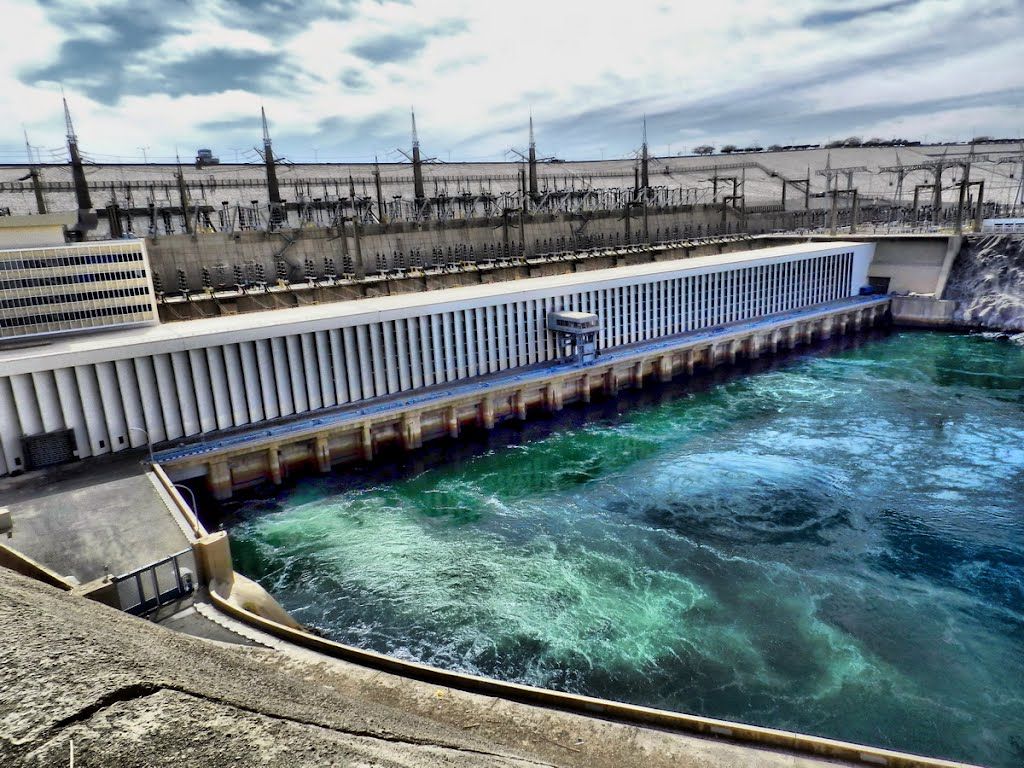
The dam was constructed to regulate the flow of the river, which serves the whole of Egypt.
Flooding of the Nile occurs annually, with almost half of the water being drained into the sea wastefully. The dam controls floods by regulating the flow of the river and supplies water for irrigation throughout the year, which almost doubles the agricultural yield.
The dam also improved navigation across the Nile, benefiting the tourism and fishing industries. Water from the dam is used to feed 12 power turbines, which provides half of Egypt’s power demands. The reservoir also helps supply water during droughts.
The Old Kingdom
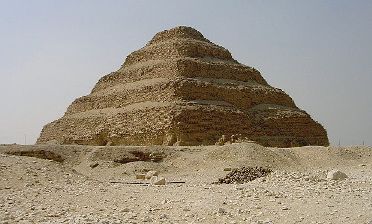
This historical period became one of the important milestones of Egyptian history. During that time, the country was divided into the smaller regions – nomes – for the purpose of the optimization of governmental spending, yet the central and absolute power was still concentrated in hands of the pharaoh. The Old Kingdom period is most famous for building pyramids. This includes the first pyramid, the Pyramid of Djoser, and the largest pyramid, the Great Pyramid at Giza. The peak of the Old Period was during the Fourth Dynasty when pharaohs such as Sneferu and Khufu ruled.
The Book of the Dead

Produced in the ancient Egyptian analogs of modern temples, the book if purchased was deemed as a symbol of high status and prosperity of its owner. Only the selected few could afford this purchase and therefore it was not accessible for average people. It was a full guide that the Egyptians believe could help them and their family member prosper in the inner world. The book provided a coded description of their life as well as invaluable advice that the owner should follow after his soul departs from the Earth.
The Nilometer

Nilometer is a truly unique device utilized by the tax officers back in ancient Egypt. The device itself represents a well that was dug on a bank of the Nile River with the purpose of estimating the current level of the underground water. The logic behind the implementation of this device was simple: if the estimates show that the upcoming flood will not be sufficient to feed the population, the grain tax was decreased and vice versa.
Nature of Egypt
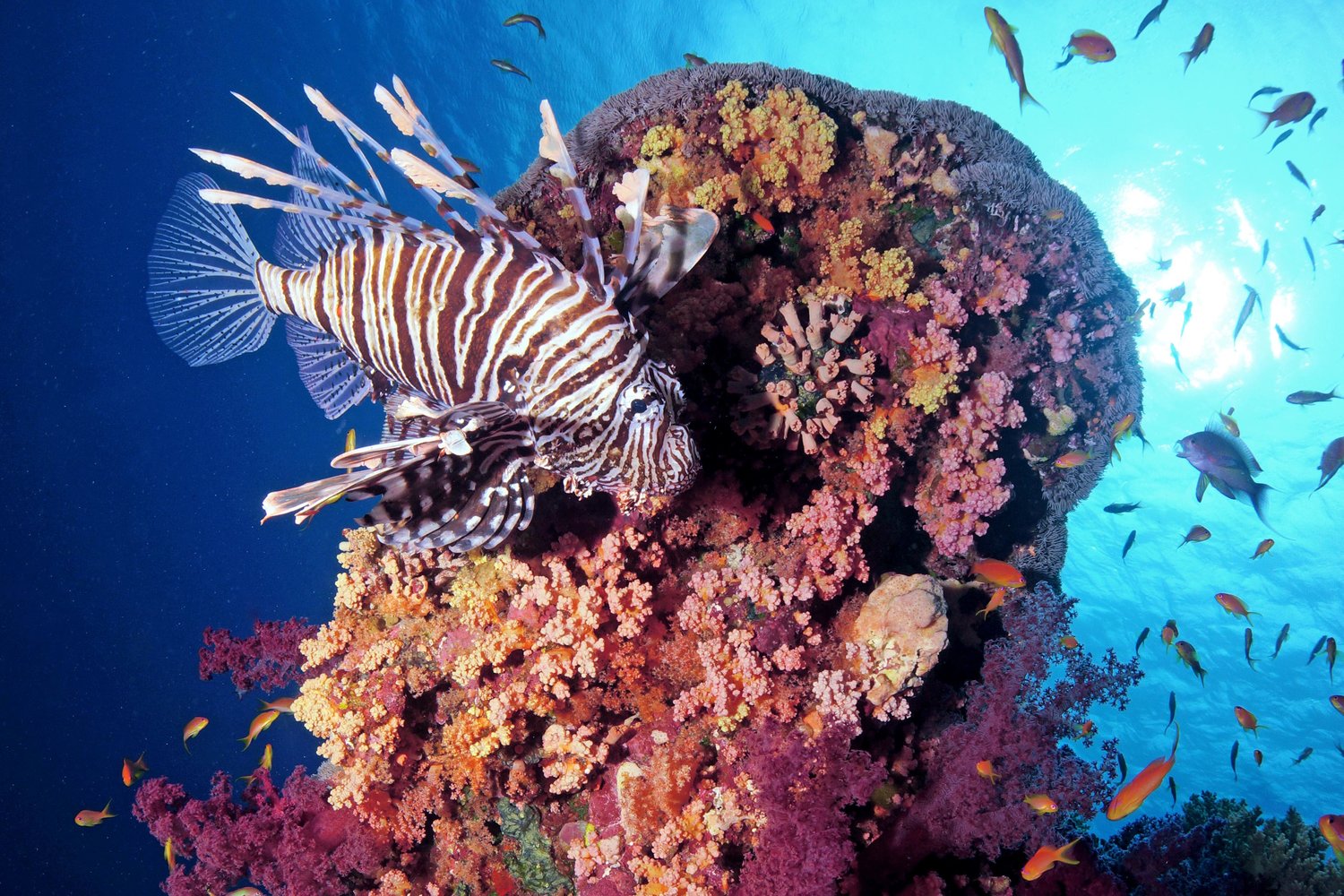
Within Egypt are around 28 protected ecosystems that range from coral reefs to Nile River Islands, desert regions, and the mountainous areas of the Sinai Peninsula. Recent years have seen the induction of more protected areas to encourage ecotourism in Egypt. Some of the wetland protectorates like the Zaraniq Protectorate and El Bardaweel Marsh are very important to worldwide bird migrations. As such, these areas are designated as both “Wetland Protectorate” and “Natural Restricted Area for Birds”. Over 270 bird species can be found in these areas including pelicans, herons, and crested larks.